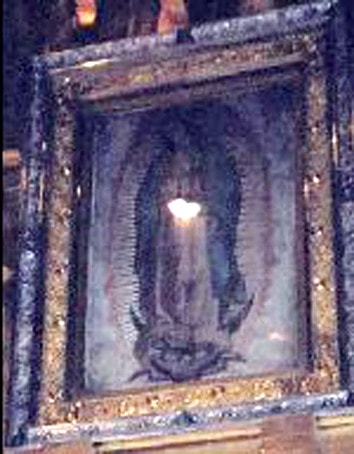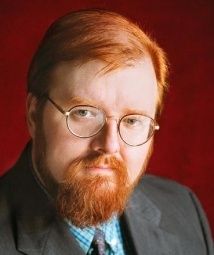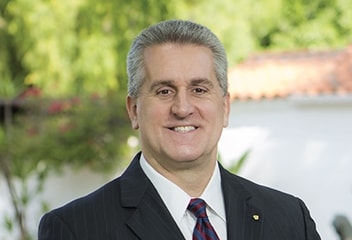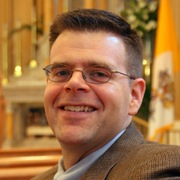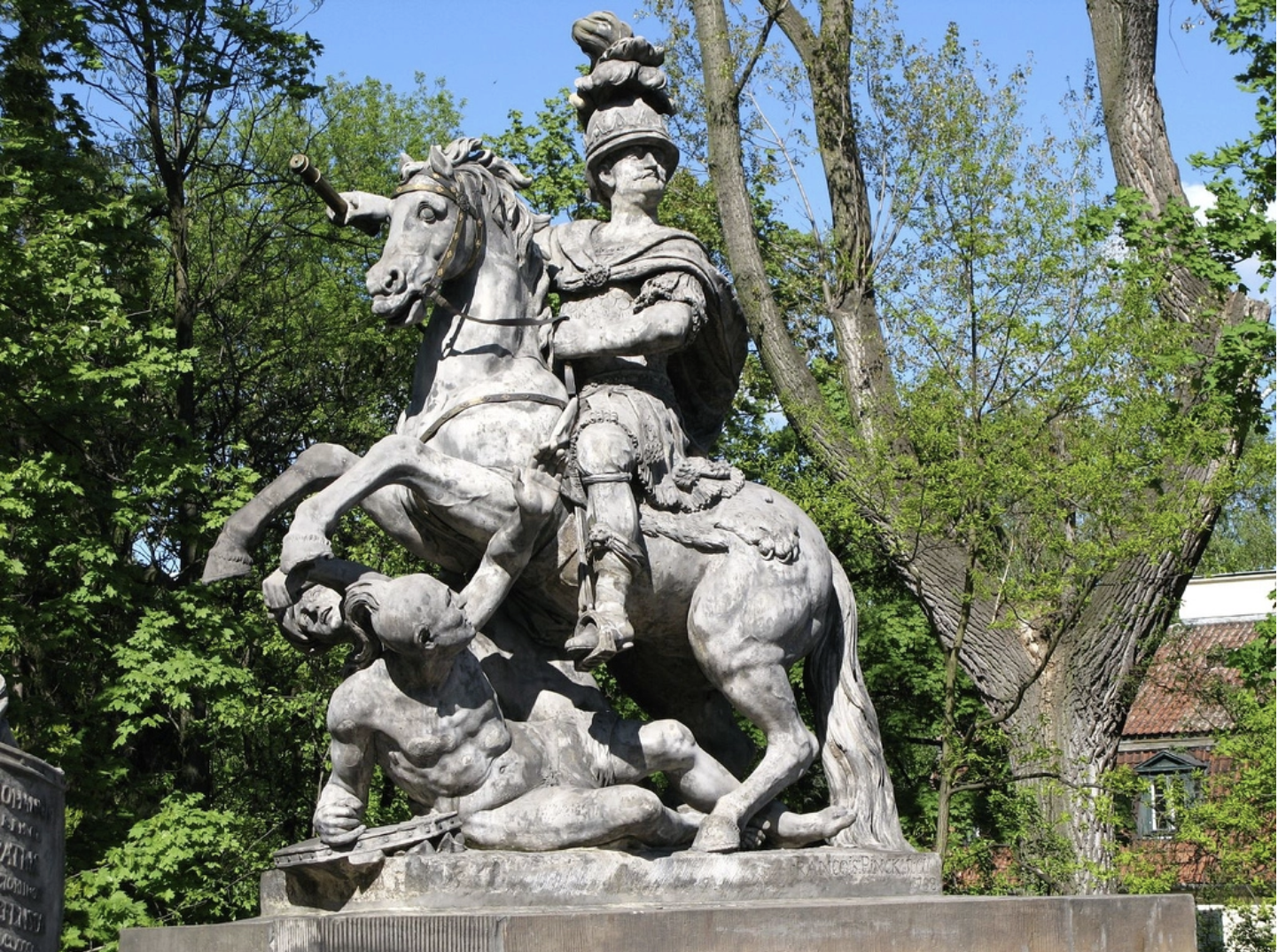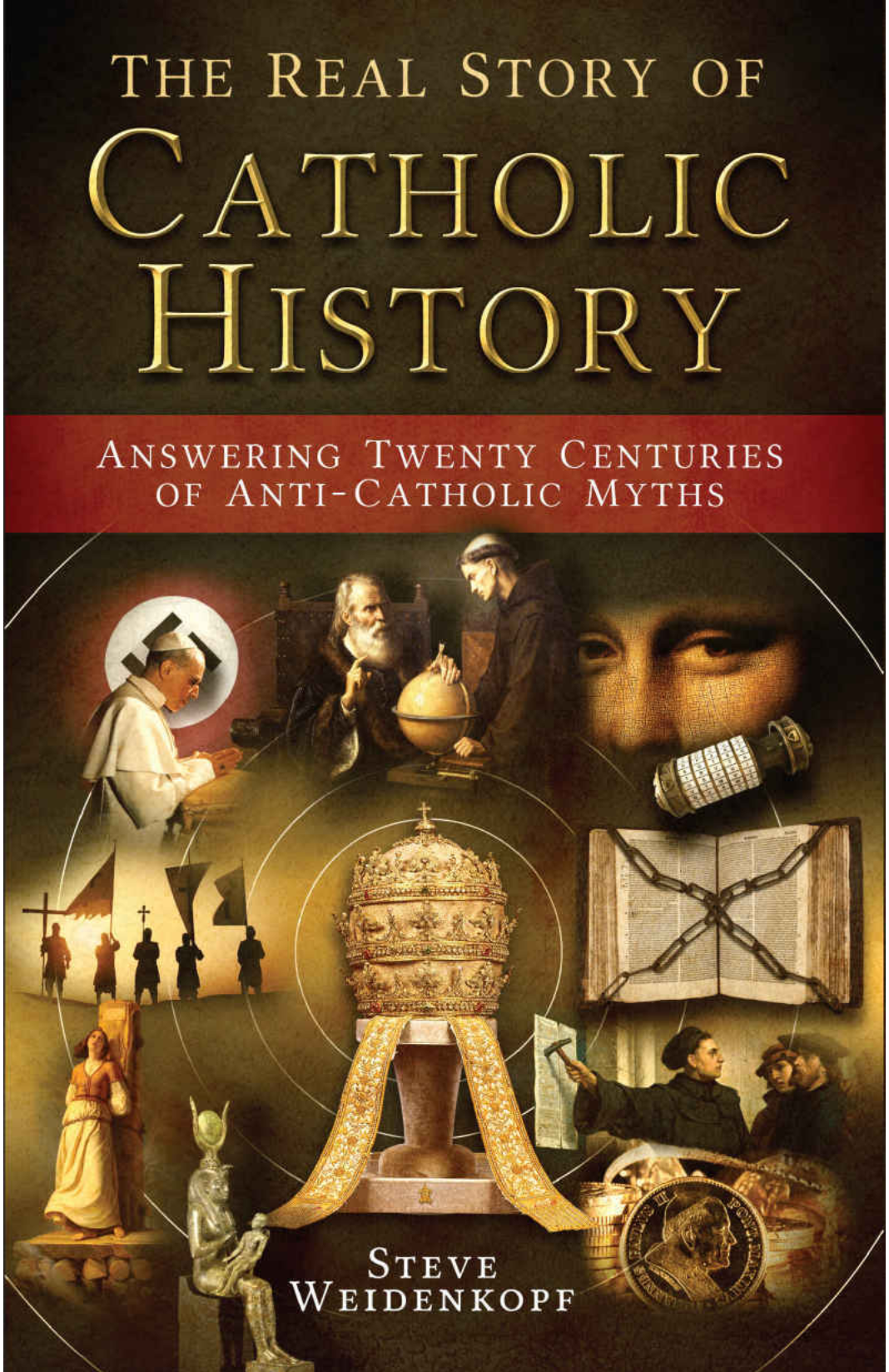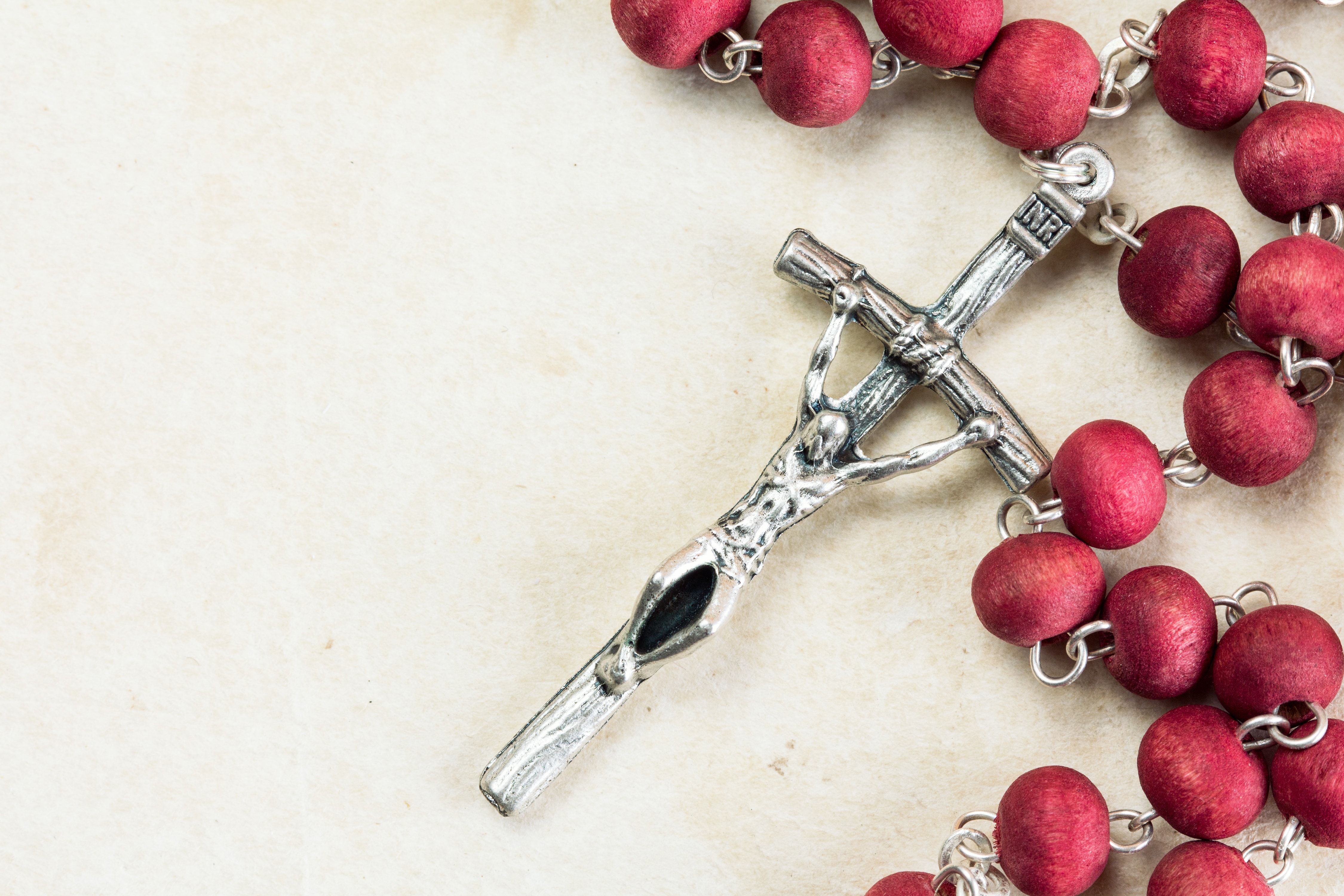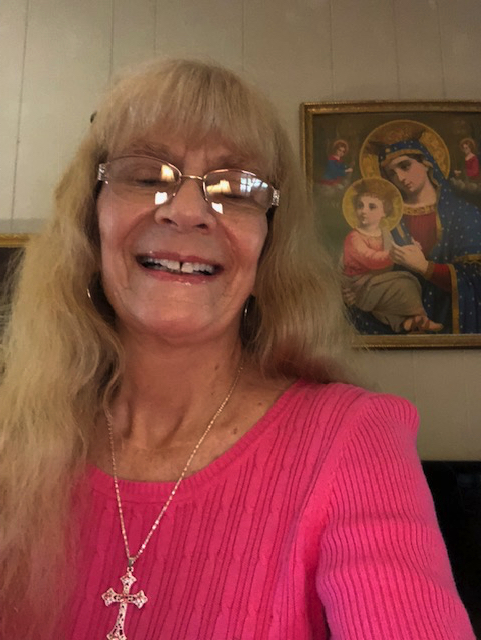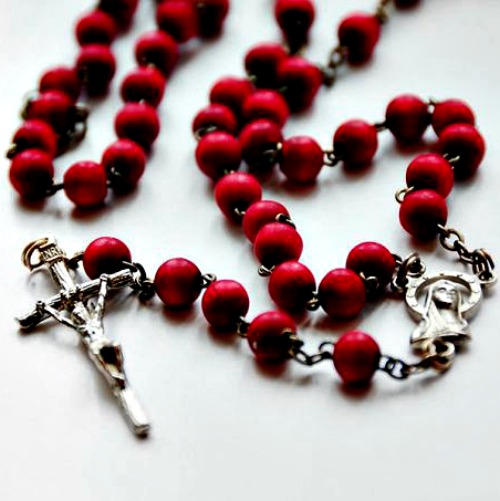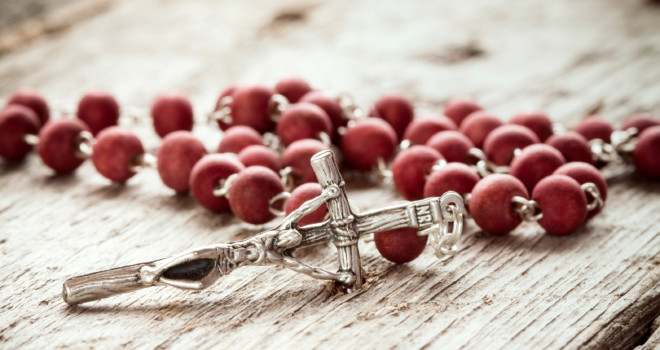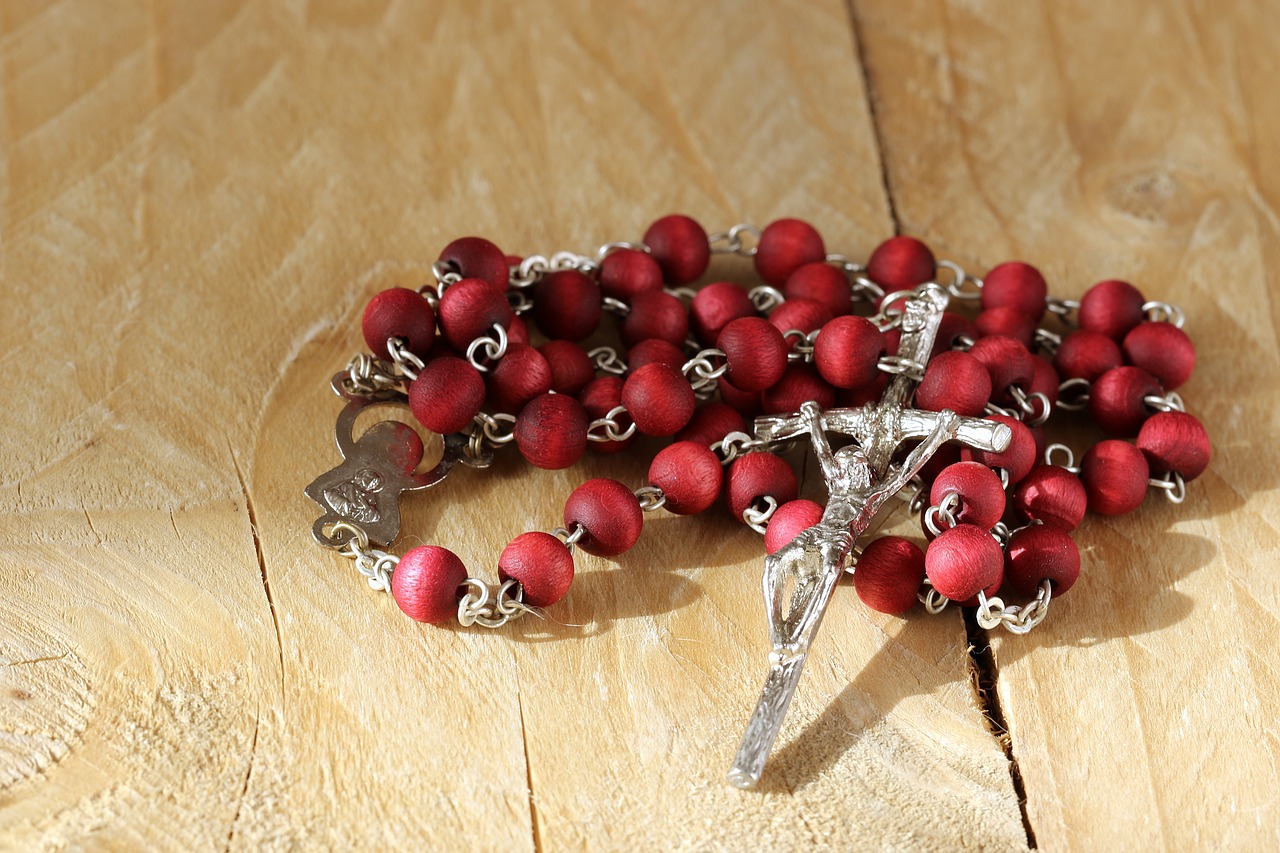
The Basilica of Our Lady of Guadalupe in Mexico City is THE most visited Catholic shrine in the world. It is the third most visited sacred place in the world. On 12 December over nine million pilgrims will visit the Basilica to view the miraculously emblazoned tilma of St Juan Diego. Mary appears with dark skin, clothed in the imperial blue of Aztec royalty.
“Know for certain, littlest of my sons, that I am the perfect and perpetual Virgin Mary, Mother of the True God through Whom everything lives, the Lord of all things near and far, the Master of heaven and earth.
I wish and intensely desire that in this place my sanctuary be erected. Here I will demonstrate and exhibit and give all my love, my compassion, my help and my protection to the people. I am your merciful Mother. The merciful Mother of all of you who live united in this land, and of all mankind, of all those who love me. Here I will hear their weeping, their sorrow, and will remedy, and alleviate all their multiple sufferings, necessities and misfortunes.
Listen, put it into your heart, my youngest and dearest son, that the thing that frightens you, the thing that afflicts you, is nothing: do not let it disturb you…Am I not here, I who am your Mother? Are you not under my shadow and protection? Am I not the source of your joy? Are you not in the hollow of my mantle, in the crossing of my arms? Do you need something more? Let nothing else worry you or disturb you.” – Words of Our Lady to St. Juan Diego, 12 December 1531, in his native Nahuatl language (the language of the Aztec Empire).
Miraculous Attributes of Our Lady of Guadalupe (St Juan Diego’s emblazoned tilma)
- Castilian Roses
St Juan Diego, at the instruction of Our Lady of Guadalupe, was able to gather Castilian roses, not native to Mexico, to prove to Bishop Zumarraga, the verity of the apparition, in December, when flowers do not grow there.
2. The material of the tilma
The material of the tilma has maintained its chemical and structural integrity for almost 500 years. This is quite remarkable considering that most replicas of tilmas with the same chemical and structural composition last only 15 years before analyzable decomposition.
3. How the tilma was displayed
For its first 115 years, the tilma was displayed without protective glass and subjected to soot, candle wax, incense, and touching. There is currently no scientific explanation for its physical and chemical longevity.
4. Does not appear to be painted
Though there are several parts of the cloth which have been painted subsequent to the original image (e.g. the moon underneath the Virgin’s feet, the angel holding the cloth, and the rays coming from the image), the original image of the Virgin herself does not appear to have been painted by an artist.
There is no sketch underneath it, no brush strokes, no corrections, and it appears to have been produced in a single step. These features were identified by Dr. Philip Serna Callahan (biophysicist and NASA consultant) who photographed the image under infrared light.
5. The pigments used are unidentifiable
Nobel Prize winning biochemist, Richard Kuhn, analyzed a sample of the fabric and concluded that the pigments used were from no known natural source, whether animal, mineral, or vegetable. Given that there were no synthetic pigments in 1531, this enigma remains inexplicable.
6. The Lack of Decay
Dr. Philip Callahan also noted that the original image on the tilma had not cracked, flaked, or decayed in over 500 years, while the paint and gold leaf had flaked or deteriorated considerably. This phenomenon has still not yet been scientifically explained.
7. The Eyes on the Image
The eyes of the Virgin have three remarkable qualities that cannot be explained through known technology in 1531—and each would be difficult to replicate with today’s technology of computers, ophthalmologic knowledge, and digital photography:
Engineer, Jose Aste Tonsmann, has amplified an image of the pupils of the Blessed Virgin by 2500 times and can identify not only what appears to be the image of Bishop Zumarraga, but also 13 other individuals in both eyes at different proportions, just as the human eye would reflect an image. It appeared to be a snapshot of the very moment Juan Diego unfurled the tilma before the archbishop.
The images in the pupils also manifest the triple reflection called the Samson-Purkinje effect—which was completely unknown at the time of the image’s formation.
The image in the eyes of the Virgin follow the curvature of the cornea precisely in the way it occurs in a normal human eye.
Dr. Jorge Escalante Padilla a surgical ophthalmologist, considers these reflections to belong to the type which have been described by Cherney on the back surface of the cornea and by Watt & Hess at the center of the lens. Such reflections are very difficult to detect. Dr. Escalante also reported the discovery of small veins on both of the eyelids of the image. In the 1970s, a Japanese optician who was examining the eyes fainted. Upon recovering he stated: “The eyes were alive and looking at him.” [Janet Barber, Latest Scientific Findings on the Images in the Eyes, page 90.] Incredibly, when Our Lady’s eyes are exposed to light, the pupils contract. When the light is withdrawn, they return to a dilated state.
8. Qualities impossible to replicate
Made primarily of cactus fibers, a tilma was typically of very poor quality and had a rough surface, making it difficult enough to wear, much less to paint a lasting image on it.
Nevertheless, the image remains, and scientists who have studied the image insist there was no technique used beforehand to treat the surface. The surface bearing the image is reportedly like silk to the touch, while the unused portion of the tilma remains coarse.
What’s more, experts in infrared photography, studying the tilma in the late 1970s, determined that there were no brush strokes, as if the image was slapped onto the surface all at once.
Phillip Callahan, a biophysicist at the University of Florida, discovered that the differences in texture and coloration that cause cause Our Lady’s skin to look different up close and far away is impossible to recreate:
“Such a technique would be an impossible accomplishment in human hands. It often occurs in nature, however, in the coloring of bird feathers and butterfly scales, and on the elytra of brightly colored beetles … By slowly backing away from the painting, to a distance where the pigment and surface sculpturing blend together, the overwhelming beauty of the olive-colored Madonna emerges as if by magic.”
This, along with an iridescent quality of slightly changing colors depending on the angle at which a person looks, and the fact that the coloration in the image was determined to have no animal or mineral elements, and synthetic colorings didn’t exist in 1531, provide a lot of seemingly unanswerable questions.
9. Cannot be disproven
One of the first things skeptics say about the image is that it somehow has to be a forgery or a fraud. Yet in every attempt to replicate the image, while the original never seems to fade, the duplicates have deteriorated over a short time.
Miguel Cabrera, an artist in the mid-18th century who produced three of the best known copies – one for the archbishop, one for the pope, one for himself for later copies – once wrote about the difficulty of recreating the image even on the best surfaces:
“I believe that the most talented and careful painter, if he sets himself to copy this Sacred Image on a canvas of this poor quality, without using sizing, and attempting to imitate the four media employed, would at last after great and wearisome travail, admit that he had not succeeded. And this can be clearly verified in the numerous copies that have been made with the benefit of varnish, on the most carefully prepared canvases, and using only one medium, oil, which offers the greatest facility”;
Adolfo Orozco, a physicist at the National University of Mexico, spoke in 2009 about the remarkable preservation of the tilma compared to its numerous copies.
One copy created in 1789 was painted on a similar surface with the best techniques available at the time, then encased in glass and stored next to the actual tilma.
It looked beautiful when painted, but not eight years passed before the hot and humid climate of Mexico caused the duplicate to fade and fray. It was discarded.
However, Orozco said, no scientific explanation is possible for the fact that, “the original tilma was exposed for approximately 116 years without any kind of protection, receiving all the infrared and ultraviolet radiation from the tens of thousands of candles near it and exposed to the humid and salty air around the temple.”
10. The tilma has shown characteristics startlingly like a living human body.
In 1979, when Callahan, the Florida biophysicist, was analyzing the tilma using infrared technology, he apparently also discovered that the tilma maintains a constant temperature of 98.6 degrees Fahrenheit, the same as that of a living person. [Janet Barber, The Tilma and Its Miraculous Image.]
When Carlos Fernandez del Castillo, a Mexican gynecologist, examined the tilma, he first noticed a four-petaled flower over what was Mary’s womb.
The flower, called the Nahui Ollin by the Aztecs, was a symbol of the sun and a symbol of plenitude.
Upon further examination, Castillo concluded that the dimensions of Our Lady’s body in the image were that of an expectant mother due quite soon. Dec. 9, the day of the unveiling, is barely two weeks from Christmas.
11. Indestructible
Over the centuries, two separate events had the potential to harm the tilma, one in 1785 and one in 1921.
In 1785, a worker was cleaning the glass encasement of the image when he accidentally spilled strong nitric acid solvent onto a large portion of the image itself.
The image and the rest of the tilma, which should have been eaten away almost instantly by the spill, reportedly self-restored over the next 30 days, and it remains unscathed to this day, aside from small stains on the parts not bearing the image.
In 1921, an anti-clerical activist hid a bomb containing 29 sticks of dynamite in a pot of roses and placed it before the image inside the Basilica at Guadalupe.
When the bomb exploded, the marble altar rail and windows 150 feet shattered. A brass crucifix was twisted and bent out of shape. But the tilma and its glass case remained fully intact.
12. There is no under-sketch or under-drawing on the image.
Infrared photography has demonstrated that there is no sketching on the image whatsoever. Dr. Philip Callahan, a research biophysicist from the University of Florida explains: “It is inconceivable that an artist in the 16th Century would paint a portrait without first doing a drawing on it.” Making an under-sketch prior to painting a portrait goes back to antiquity. Such an exquisite depiction on textile made from cactus fiber is inexplicable given the lack of sketching.
13. The stars that appear on the image are astronomically correct.
In 1983 Dr. Juan Homero Hernandez and Fr. Mario Rojas Sánchez discovered that the stars on the image correspond precisely to the constellations of the winter sky on December 12th, 1531. Incredibly, the constellations are shown as viewed from outside the heavens, in other words in reverse. It is as if we have a picture from someone looking at it from outside the universe, it is a snapshot of heaven and earth from the very moment that Juan Diego saw Our Lady.
Also, the constellation Virgo, representing virginal purity, appears over the area of Mary’s heart signifying her immaculate and virginal purity, and the constellation Leo the lion is over her womb. The lion represents Jesus Christ, because Christ is the lion of the tribe of Judah. This emphasizes that Christ the King is present in Mary’s womb. The perfect placement of stars in their various constellations illustrates the infinite intelligence behind the miraculous image.
14. Mary assumes a different ethnicity depending on one’s vantage point.
It is remarkable that at one distance Our Lady appears to be a Native American, but at another distance she appears of European descent. This miraculous feature is meant to show the unity of the two peoples and the two cultures in light of the true faith of Christ. Mary implored the peoples of the New World to live as one.
Dr. Philip Callahan explains that the image achieves this effect of appearing to be different colors at different distances by a trait that is only seen in nature:
“At a distance of six or seven feet the skin tone becomes what might best be termed Indian olive, grey green in tone, it appears somehow the grey and caked looking white pigment of the face and the hands combines with the rough surface of the un-sized hue, such a technique would be an impossible accomplishment in human hands, it often occurs in nature however, in the coloring of the bird feathers and butterfly scales and on the elytra of brightly colored beetles.”
This change in color at different distances occurring in nature happens on the tilma in a miraculous way. The pigment combines with the rough surface of the cloth to impart alternating colorations. No human artist can duplicate this effect.
15. Patroness of the Unborn.
Among Our Lady of Guadalupe’s many designations, she is venerated as the patroness of the unborn. The image shows Mary as pregnant with Christ. She is an unmistakable witness to the sanctity of life and the protection of the unborn.
On April 24, 2007, an unusual luminosity in the famed image of Mary at the Shrine of Guadalupe in Mexico City immediately after that city legalized abortion became visible. According to one account: “At the end of the Mass, which was offered for aborted children… While many of the faithful were taking photographs of the tilma of Tepeyac, exposed and venerated in the Basilica… the image of the Virgin began to erase itself, to give place to an intense light which emanated from her abdomen, constituting a brilliant halo having the form of an embryo. Below, centered and enlarged, one can appreciate the location of the light which shone from the stomach of the Virgin and is not a reflection, or [otherwise] an artifact.”
Engineer, Luis Girault, who studied the picture and confirmed the authenticity of the negative, was able to specify that it had not been modified or altered, i.e: by superimposition of another image. He determined that the image does not come from any reflection, but originates from inside Mary. The produced light is very white, pure and intense, different from habitual photographic lights produced by flashes. The light, encircled with a halo, appears to float inside Mary’s abdomen. The halo has the form and measurements of an embryo. If we again examine the picture by making it turn in a sagittal plane, we perceive inside the halo some areas of shade that are characteristic of a human embryo in the maternal womb.”
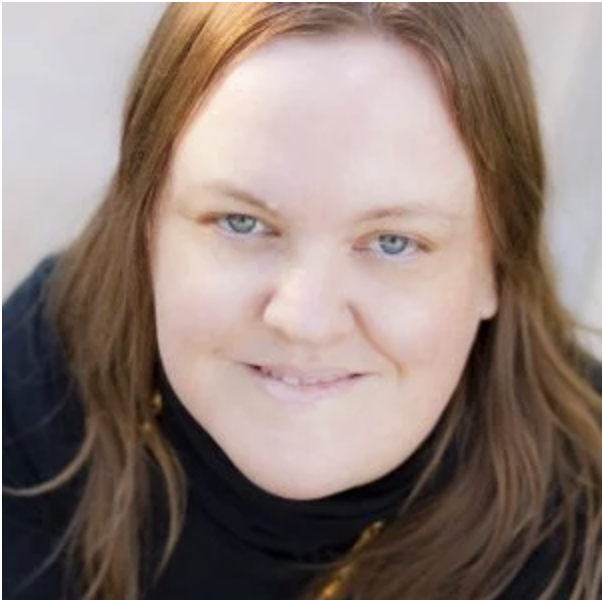
-by Michelle Arnold, Catholic Answers
“In mid-December 1531, an indigenous Mexican man who had converted to Catholicism soon after the arrival of Franciscan missionaries set out to find a priest to hear the deathbed confession of his uncle. In doing so, Juan Diego decided to bypass his ordinary route in favor of one that would allow him to avoid meeting the mysterious lady who had been appearing to him for the past few days asking him to act as her emissary to the local bishop.
His plan didn’t work. The lady appeared again to him. When Juan Diego explained that he was seeking a priest to minister to his dying uncle, she replied, “Am I not here, I who am your mother?” She assured him his uncle was cured and gave him signs of her appearance, which the bishop had requested: winter roses and a miraculous image of herself impressed upon Juan Diego’s cloak or tilma.
The Virgin of Guadalupe
During the early years of the Church’s mission in Mexico, there were few conversions among the natives. Christianity was the religion of the Europeans; Our Lady of Guadalupe, though, was one of their own.
Our Lady appeared to a native man, an insignificant widower with little family and no influence, she spoke to him in his native language, she called herself his mother, and she charged him with speaking for her to the religious authorities in Mexico City. In the image of herself on the tilma, Our Lady appears as a native Mexican woman—one of high rank but adorned in symbols of the Aztec culture that had been suppressed by the Spanish. Within ten years of her apparitions to St. Juan Diego, nine million natives poured into the Church. In the centuries that followed, her image became one of the most important and enduring symbols of Mexican identity.
The rise of an “Anti-Virgin”
Recently, a new lady has arrived in Mexico and in US cities along the border, challenging the Virgin of Guadalupe for the devotion of certain segments of the Mexican people. She’s known by many affectionate titles, such as the Bony Lady and the White Sister, but she’s most commonly called Santa Muerte (Saint Death). Santa Muerte is a skeleton, androgynous in appearance but personified as feminine. Often she’s depicted wearing colorful robes and carrying a scythe, which gives her the appearance of a female Grim Reaper.
Devotion to Santa Muerte has exploded in the past few years. R. Andrew Chesnut, a religious studies professor and author of Devoted to Death: Santa Muerte, The Skeleton Saint, estimates that Santa Muerte has gathered between ten to twelve million devotees—roughly the same number of native converts, within a comparable time span, who entered the Church in the decade following the apparitions of Our Lady of Guadalupe.
The dangers of Santa Muerte
To the extent that Santa Muerte is known in the United States, she has usually been seen as a perverse patroness of the drug cartels, but her influence actually is much wider. She’s considered a “folk saint” to those on the margins, a miracle worker for people who have not been well-catechized in their faith or who feel disaffected from the Church for various reasons. One woman who spoke with Chesnut said of Santa Muerte, “She understands us because she is a battle-ax . . . like us.”
Chesnut, initially interested in writing about Our Lady of Guadalupe before turning to Santa Muerte, said that “at first glance [Santa Muerte] seemed to be [Our Lady of Guadalupe’s] antithesis, a sort of anti-Virgin.” But he eventually dismissed this observation, and his book is sympathetic to Santa Muerte and her followers.
The allusion is chillingly apt, though: Santa Muerte is indeed an “anti-Virgin,” and the rise of devotion to her has alarmed bishops in Mexico and the US.
Bishop Michael J. Sis of San Angelo, Texas, said in a statement on his diocesan website:
“We must distinguish true saints from false saints and superstitions. . . . Rather than asking Santa Muerte for protection or favors, we should turn our life over to Jesus Christ, repent of our sins, make a sincere confession, follow God’s commandments, and trust in the grace of God. Catholics and other Christians should get rid of any Santa Muerte statues, candles, or other paraphernalia.
Some clergy have used stronger language than Bishop Sis in their denunciations of Santa Muerte. Fr. Andres Gutierrez of the Diocese of Brownsville, Texas, told Catholic News Agency, “[Santa Muerte] is literally a demon with another name. . . . That’s what it is.” Fr. Gary Thomas, an exorcist for the Diocese of San Jose, California, told CNA, “I have had a number of people who have come to me as users of this practice and found themselves tied to a demon or demonic tribe.”
The battle for hearts
If Santa Muerte is, in fact, a distorted image of the Virgin of Guadalupe—if she is an anti-Virgin—then perhaps one of the keys to challenging devotion to her might be to present the true image of the Blessed Mother to the people she claimed for her own.
Our Lady of Guadalupe presented herself to Juan Diego as a native woman, speaking to him in his own language, arrayed in the symbols of his own culture. Although he protested to her that she should find someone more influential to take her message to the bishop, Our Lady lifted up a seemingly inconsequential man to speak to those in power on her behalf.
Santa Muerte is a skeleton who invites her followers to embrace death as an end in itself. But Our Lady of Guadalupe is shown to be pregnant with her divine Son. She is surrounded by the sun, the moon, and the stars, heavenly symbols that point us to our eternal destiny of union with God.
Santa Muerte is regarded as a miracle worker and is importuned for protection and favors. Our Lady of Guadalupe reminded Juan Diego that he had recourse to her in his troubles, not as an androgynous trickster performing wonders but as a loving mother who occasionally offers physical healing as a means of drawing all of her children to her divine Son, Who is the Way, the Truth, and the Life for every human soul (John 14:6).
Our Lady of Guadalupe has been likened to the woman of Revelation 12, attacked by a dragon who wanted to snatch her child from her as soon as He was born. In that interpretation, Santa Muerte may be just one more means by which the dragon attempts to steal the children of the Virgin. In the end, though, we are assured that he will not succeed:
“The great dragon was thrown down . . . he was thrown down to the earth, and his angels were thrown down with him. And I heard a loud voice in heaven, saying, “Now the salvation and the power and the kingdom of our God and the authority of His Christ have come, for the accuser of our brethren has been thrown down, who accuses them day and night before our God” (Rev. 12:9–10).”
(The name ‘Satan’ comes from the Greek ‘satanas’, the accuser, the slanderer. The name ‘Devil’ comes from the Greek ‘diabolos’, the divider, the prince of lies.)
Love & life,
Matthew

